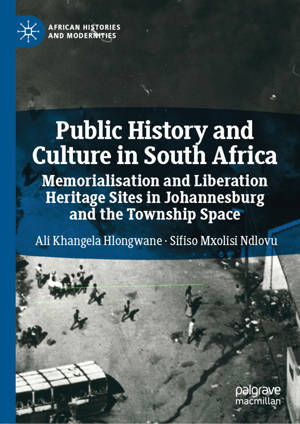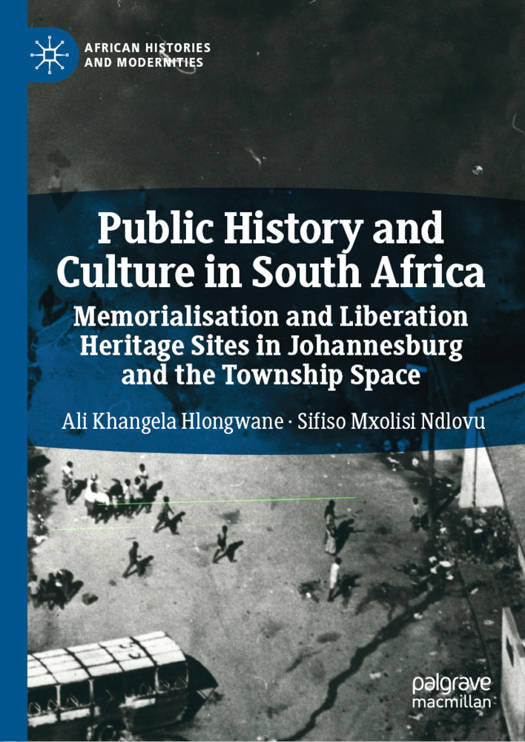
- Afhalen na 1 uur in een winkel met voorraad
- Gratis thuislevering in België vanaf € 30
- Ruim aanbod met 7 miljoen producten
- Afhalen na 1 uur in een winkel met voorraad
- Gratis thuislevering in België vanaf € 30
- Ruim aanbod met 7 miljoen producten
Zoeken
Public History and Culture in South Africa
Memorialisation and Liberation Heritage Sites in Johannesburg and the Township Space
Ali Khangela Hlongwane, Sifiso Mxolisi Ndlovu
€ 116,45
+ 232 punten
Omschrijving
The post-apartheid era in South Africa has, in the space of nearly two decades, experienced a massive memory boom, manifest in a plethora of new memorials and museums and in the renaming of streets, buildings, cities and more across the country. This memorialisation is intricately linked to questions of power, liberation and public history in the making and remaking of the South African nation. Ali Khangela Hlongwane and Sifiso Mxolisi Ndlovu analyse an array of these liberation heritage sites, including the Hector Pieterson Memorial and Museum, the June 16, 1976 Interpretation Centre, the Apartheid Museum and the Mandela House Museum, foregrounding the work of migrant workers, architects, visual artists and activists in the practice of memorialisation. As they argue, memorialisation has been integral to the process of state and nation formation from the pre-colonial era through the present day.
Specificaties
Betrokkenen
- Auteur(s):
- Uitgeverij:
Inhoud
- Aantal bladzijden:
- 282
- Taal:
- Engels
- Reeks:
Eigenschappen
- Productcode (EAN):
- 9783030147488
- Verschijningsdatum:
- 29/04/2019
- Uitvoering:
- Hardcover
- Formaat:
- Genaaid
- Afmetingen:
- 148 mm x 210 mm
- Gewicht:
- 639 g

Alleen bij Standaard Boekhandel
+ 232 punten op je klantenkaart van Standaard Boekhandel
Beoordelingen
We publiceren alleen reviews die voldoen aan de voorwaarden voor reviews. Bekijk onze voorwaarden voor reviews.











